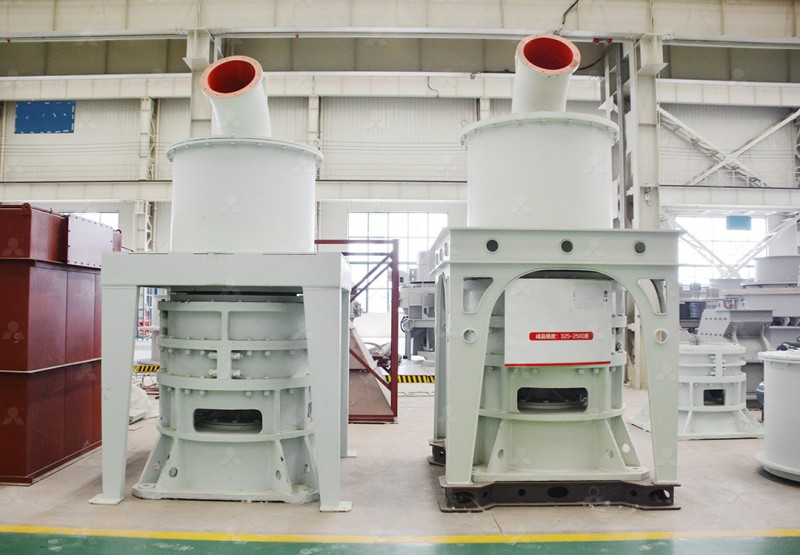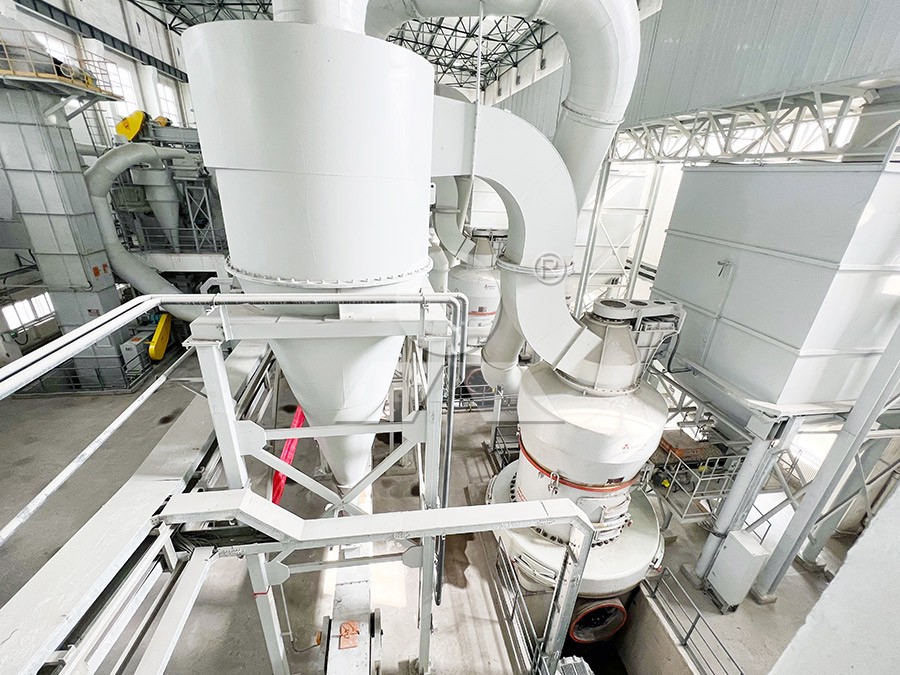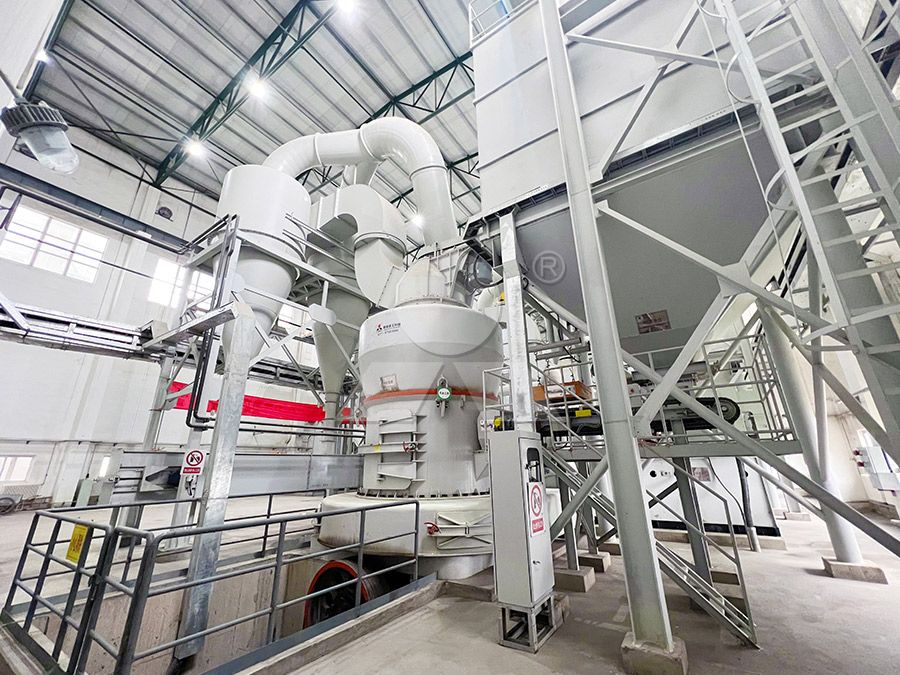Energy-Saving and Eco-Friendly Carbon Black Grinding Mill for Industrial Applications
Revolutionizing Carbon Black Processing: The Green Technology Approach
In today’s environmentally conscious industrial landscape, manufacturers face increasing pressure to balance production efficiency with ecological responsibility. Carbon black processing, a critical component in numerous industries including rubber, plastics, inks, and coatings, has traditionally been associated with significant energy consumption and environmental challenges. However, recent technological advancements have transformed this narrative, offering solutions that deliver superior performance while minimizing ecological impact.

The Environmental Imperative in Carbon Black Grinding
Conventional grinding methods for carbon black often involve substantial energy expenditure and generate considerable dust emissions and noise pollution. These factors not only increase operational costs but also pose significant environmental and workplace safety concerns. The industry has been actively seeking alternatives that can maintain production quality while addressing these challenges.
Modern grinding solutions have emerged that specifically target these issues through innovative engineering and smart design principles. These advanced mills incorporate features such as efficient dust collection systems, noise reduction technology, and energy-optimized grinding mechanisms that collectively reduce the environmental footprint of carbon black processing operations.
Advanced Technology for Superior Performance
Among the standout solutions in this category is the MW Ultrafine Grinding Mill, specifically engineered for customers requiring ultra-fine powder production. This machine represents a significant leap forward in grinding technology, combining high efficiency with environmental stewardship.
The MW Ultrafine Grinding Mill handles input sizes of 0-20 mm with a capacity range of 0.5-25 tph, making it suitable for various production scales. What sets this equipment apart is its integrated environmental protection features, including an efficient pulse dust collector and muffler system that effectively minimizes dust emissions and reduces operational noise. The entire production process is designed to have minimal environmental impact while maintaining exceptional grinding performance.

Key Advantages for Carbon Black Applications
The MW Ultrafine Grinding Mill offers several distinctive benefits that make it particularly suitable for carbon black processing:
Enhanced Efficiency with Lower Energy Consumption
Through newly designed grinding curves of the grinding roller and ring, the MW Ultrafine Grinding Mill achieves significantly higher grinding efficiency. Comparative studies demonstrate that with identical fineness and power input, this mill delivers production capacity 40% higher than jet grinding mills and stirred grinding mills, while doubling the output of traditional ball grinding mills. Remarkably, the system energy consumption is only 30% of comparable jet grinding mills, representing substantial operational cost savings.
Precise Particle Size Control
The mill’s cage-type powder selector, incorporating German technology, ensures exceptional precision in powder separation. The multi-head cage-type powder selector can be configured according to specific production requirements for yield, fineness, and sieving rate. Operators can adjust product fineness between 325-2500 meshes, with the screening rate achieving d97≤5μm in a single pass.
Reliable Operation and Easy Maintenance
The innovative design eliminates rolling bearings and screws within the grinding chamber, eliminating concerns about bearing damage or sealing part failures. This design also prevents machine damage caused by loose screws. The external lubrication system allows for maintenance without shutdown, enabling continuous 24-hour production cycles.

Environmental Compliance and Operational Excellence
The environmental benefits of the MW Ultrafine Grinding Mill extend beyond basic compliance. The integrated pulse dust collector ensures no dust pollution during operation, while the silencer and noise elimination room significantly reduce acoustic impact. The entire production system is engineered to meet stringent national environmental protection standards, providing manufacturers with peace of mind regarding regulatory requirements.
For operations requiring different specifications, the LUM Ultrafine Vertical Grinding Mill presents another excellent option. With an input size of 0-10 mm and capacity of 5-18 tph, this mill incorporates the latest grinding roller technology from Taiwan and German powder separating technology. Its unique design prevents materials’ long lingering time and repeated grinding, common problems in traditional mills, while improving the whiteness and cleanliness of finished products.
Transforming Industrial Practices
The adoption of advanced grinding technology like the MW Ultrafine Grinding Mill represents more than just equipment upgrading—it signifies a fundamental shift toward sustainable industrial practices. Manufacturers who implement these solutions benefit from reduced operational costs, improved product quality, enhanced workplace safety, and strengthened environmental credentials.
As industries worldwide continue to prioritize sustainability, technologies that deliver both performance and ecological benefits will increasingly become the standard rather than the exception. The evolution of carbon black grinding equipment demonstrates that environmental responsibility and commercial success are not mutually exclusive but can be powerfully aligned through intelligent engineering.
Frequently Asked Questions
What makes the MW Ultrafine Grinding Mill more energy-efficient than traditional grinding mills?
The MW Ultrafine Grinding Mill incorporates newly designed grinding curves and an advanced cage-type powder selector that significantly enhances grinding efficiency. With the same fineness and power, it achieves 40% higher production capacity than jet grinding mills and double the output of ball grinding mills, while consuming only 30% of the energy of comparable jet grinding systems.
How does the MW Ultrafine Grinding Mill address environmental concerns?
The mill is equipped with an efficient pulse dust collector that prevents dust pollution during operation. Additionally, it includes a silencer and noise elimination room to reduce acoustic impact. The entire system is designed to operate according to national environmental protection standards, ensuring minimal ecological footprint.
What particle size range can the MW Ultrafine Grinding Mill achieve?
The mill can produce powders with fineness adjustable between 325-2500 meshes, with screening rates achieving d97≤5μm in a single pass. The multi-head cage-type powder selector allows precise control over particle size distribution according to specific application requirements.
How does the maintenance of the MW Ultrafine Grinding Mill compare to traditional mills?
The innovative design eliminates rolling bearings and screws within the grinding chamber, reducing maintenance concerns and preventing damage from loose components. The external lubrication system enables maintenance without shutdown, supporting continuous 24-hour operation and reducing downtime.
What materials besides carbon black can these grinding mills process?
While excellent for carbon black, the MW Ultrafine Grinding Mill can process various materials including limestone, calcite, dolomite, petroleum coal, gypsum, barite, marble, talc, and coal powder. It also serves applications in chemical industries, paint, cosmetics, medicine, and food additives.
